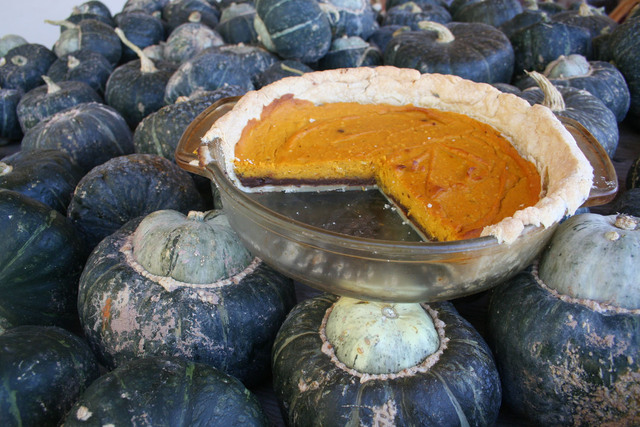Eating In: Squash Dishes You’ll Eat For Pleasure, Not Duty
Squash Dishes You’ll Eat For Pleasure, Not Duty


There’s chocolate in that there squash.
Ari LeVaux
Latest Article|September 3, 2020|Free
::Making Grown Men Cry Since 1992


There’s chocolate in that there squash.
Ari LeVaux
